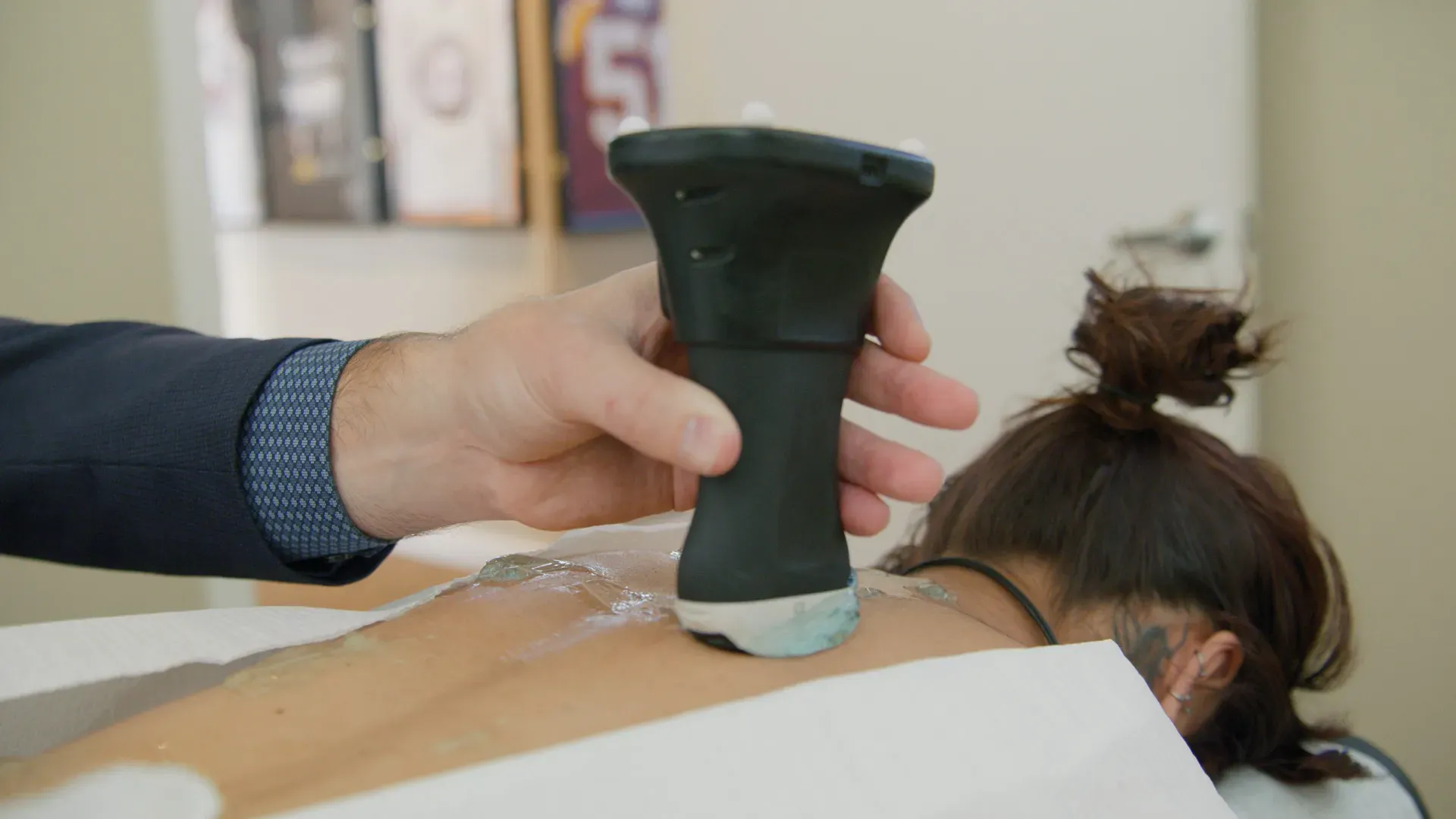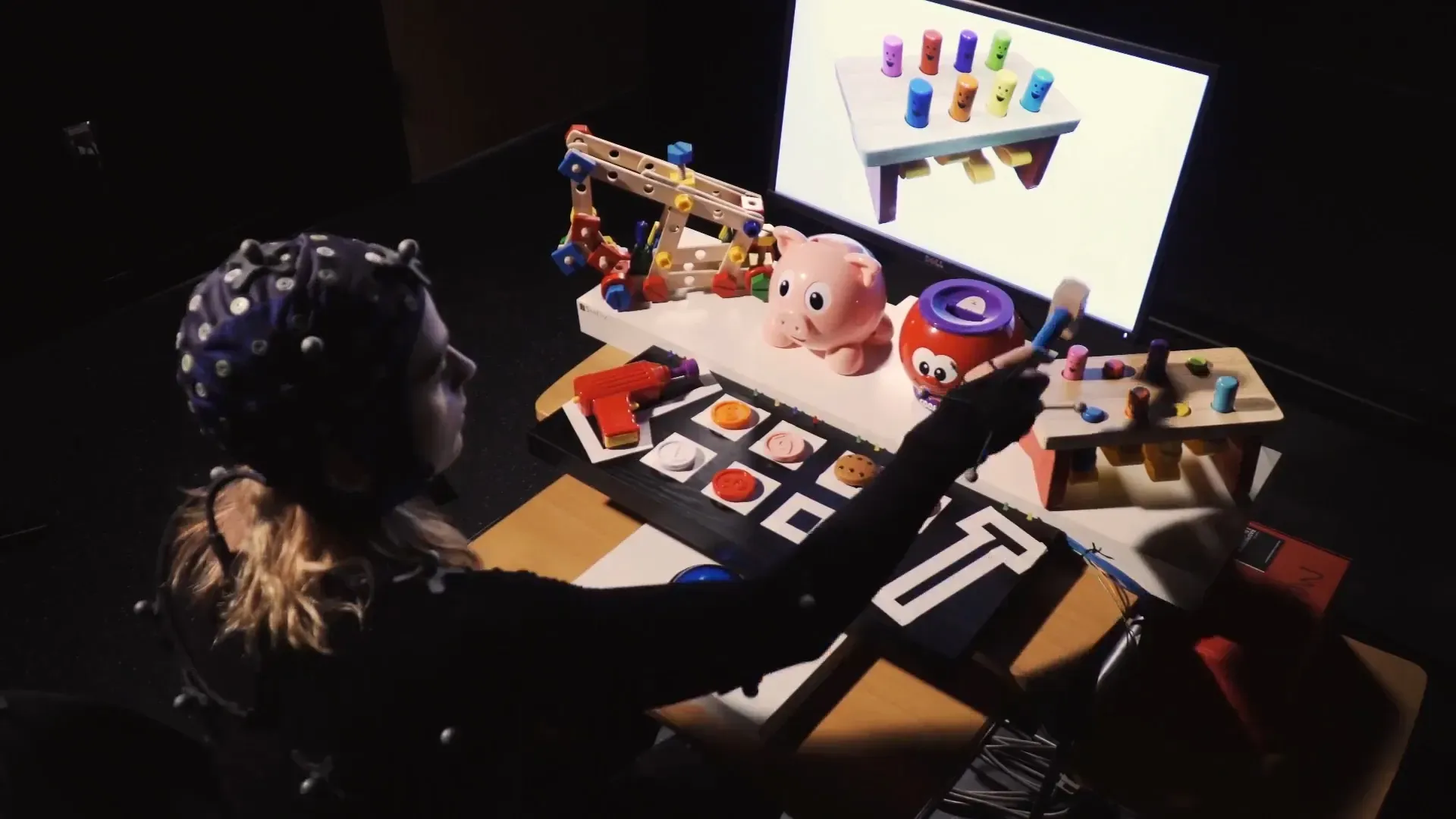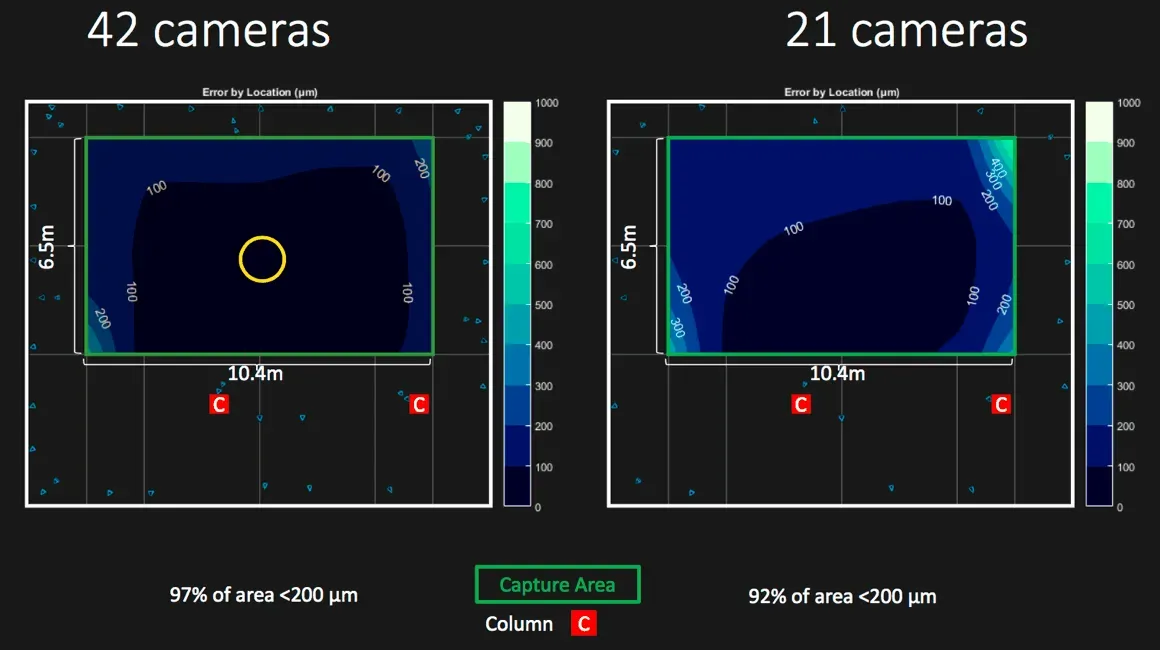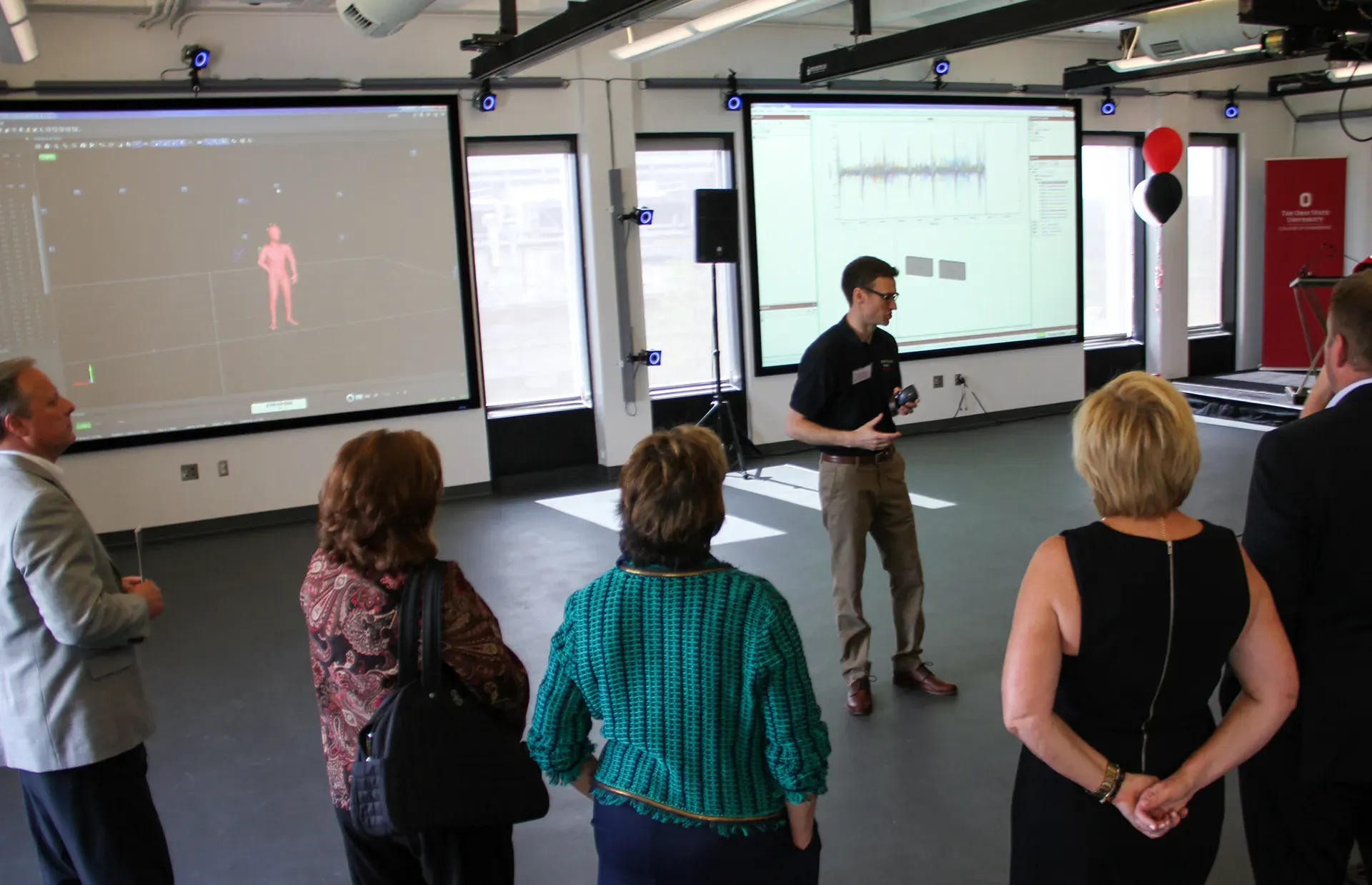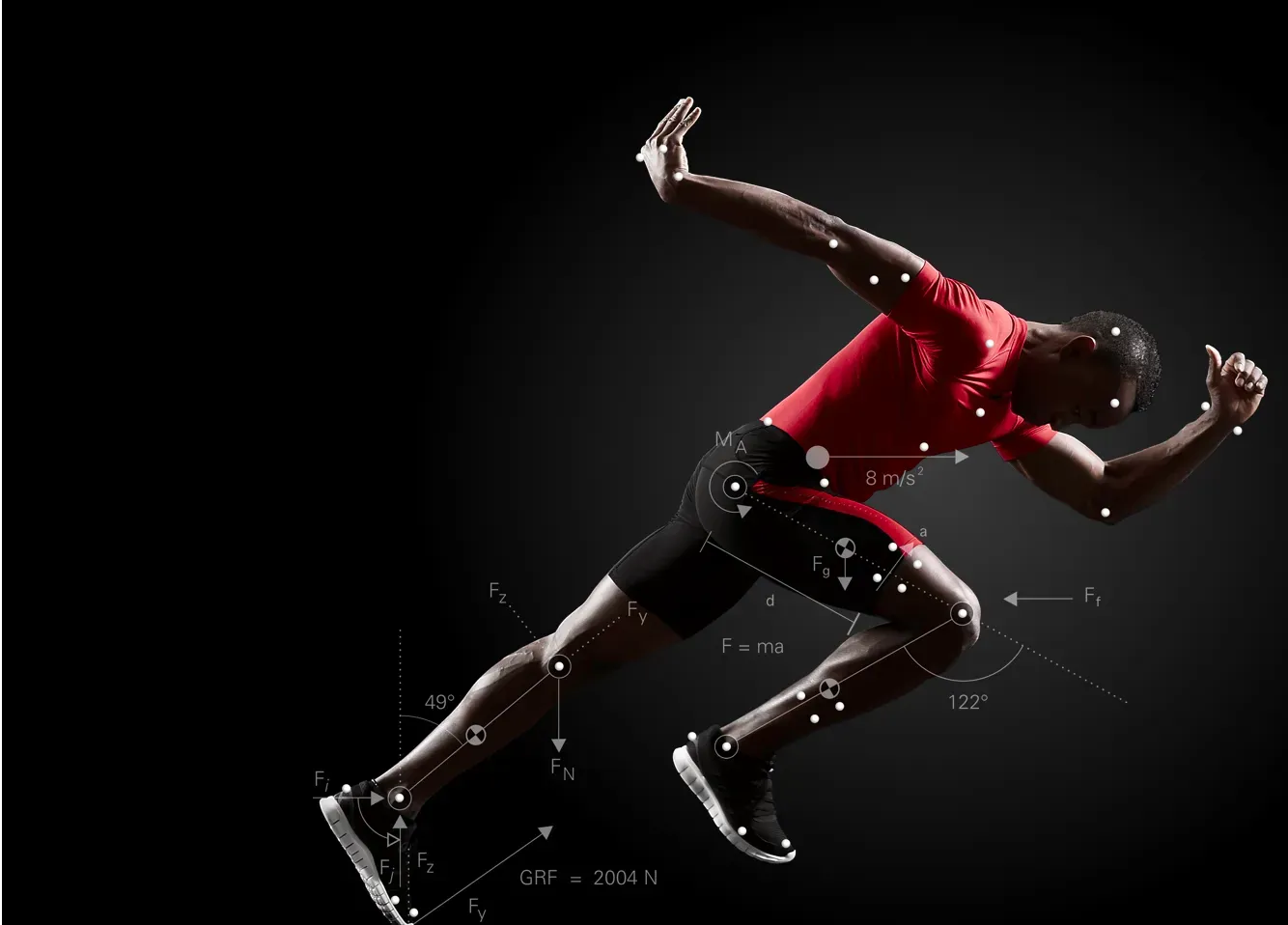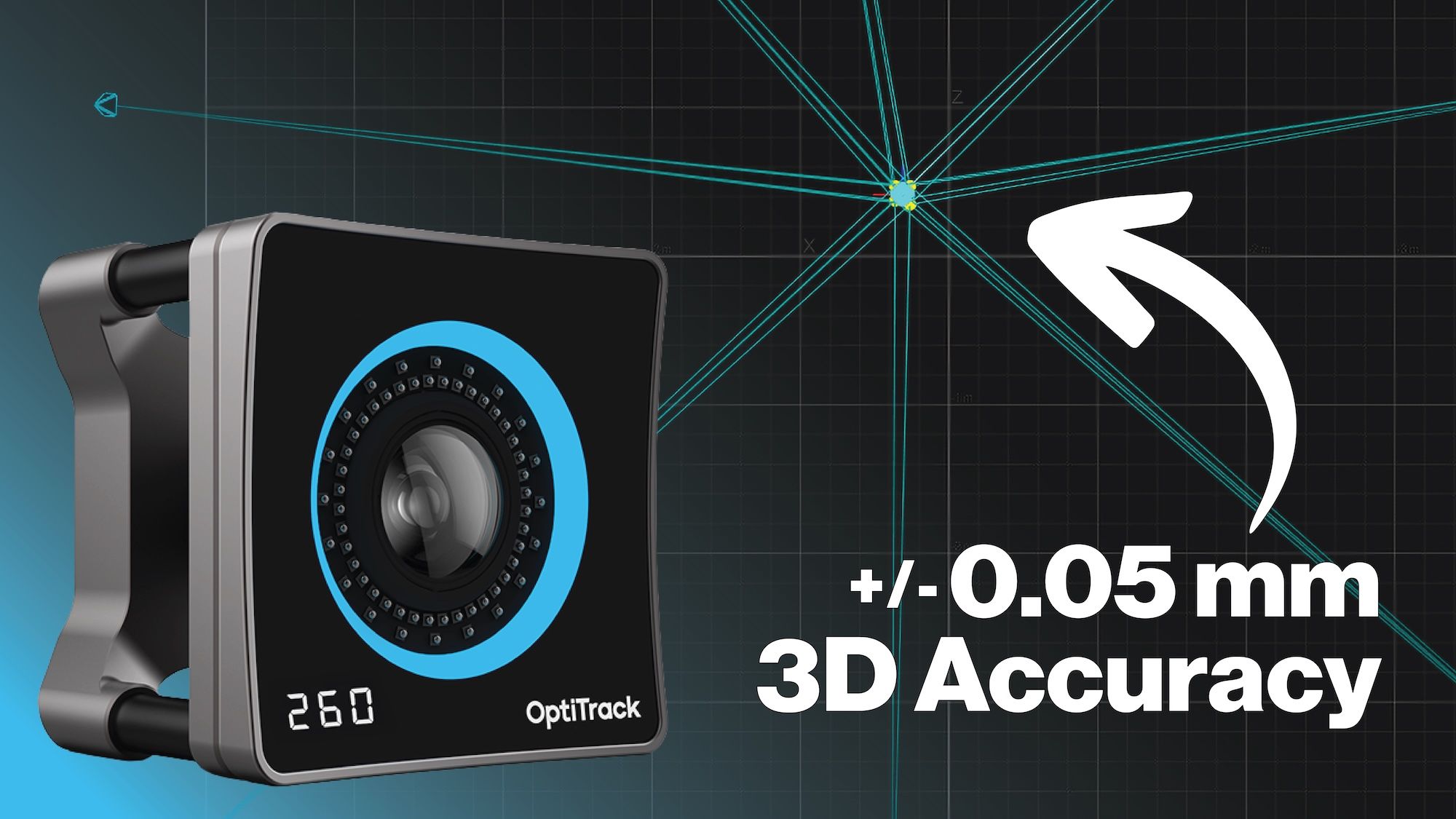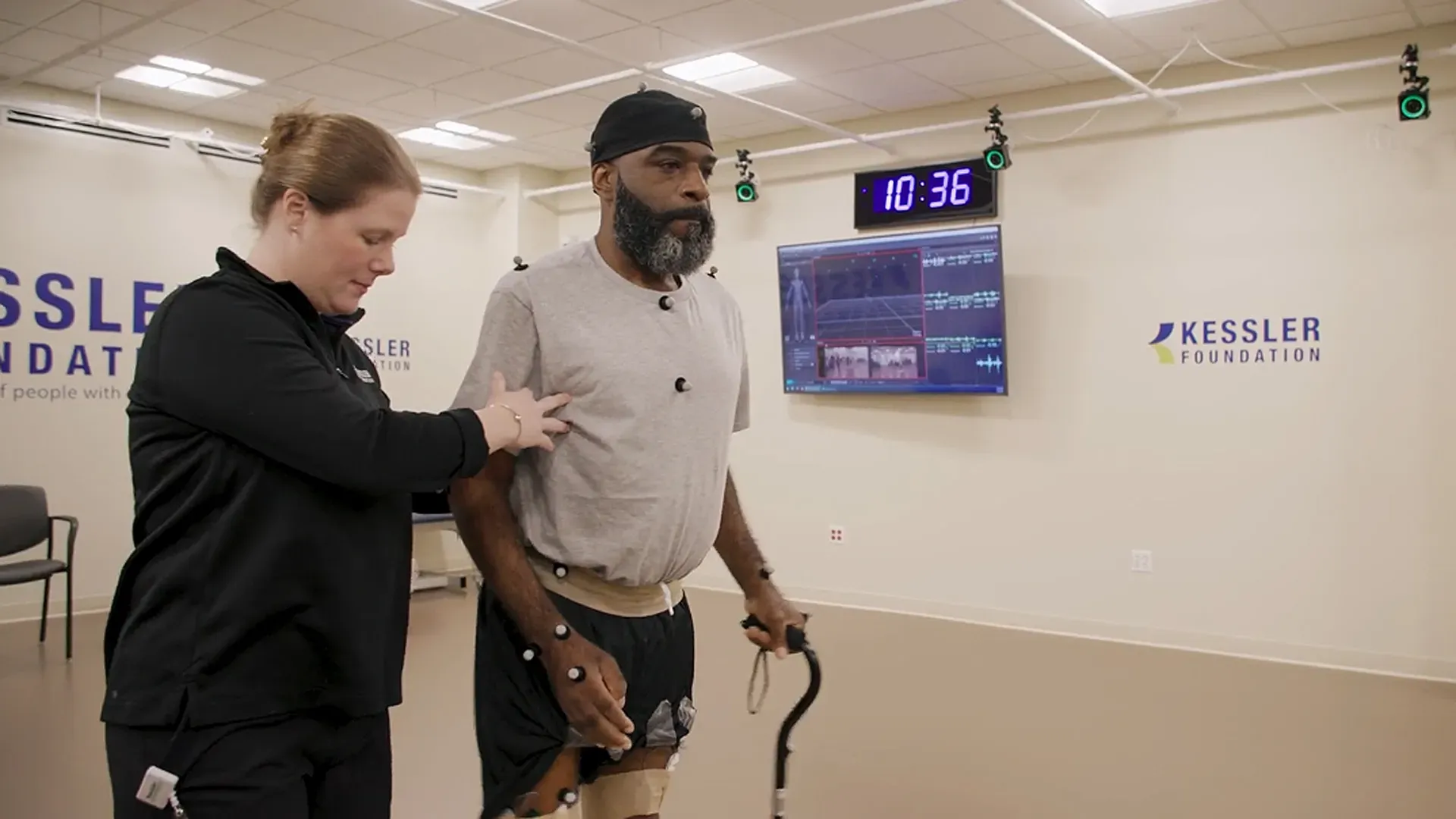
Precision Tracking in Mobility Research and Rehabilitation
Kessler Foundation is a nonprofit organization and global leader in rehabilitation research, dedicated to improving the lives of people with disabilities. Through its dedicated research centers, laboratories and diverse areas of study, Kessler Foundation empowers individuals facing mobility, cognitive and motor challenges to regain function and achieve greater independence for leading more productive and fulfilling lives.
One of the Foundation's research centers is the Center for Mobility and Rehabilitation Engineering. Karen Nolan, Ph.D., associate director of the Center and director of the Center's Acquired Brain Injury Mobility Laboratory, specializes in research on improving neurophysiological and functional motor recovery through robotic, orthotic, and clinical interventions, and understanding the mechanisms of recovery of the central nervous system after acute and chronic brain injury.
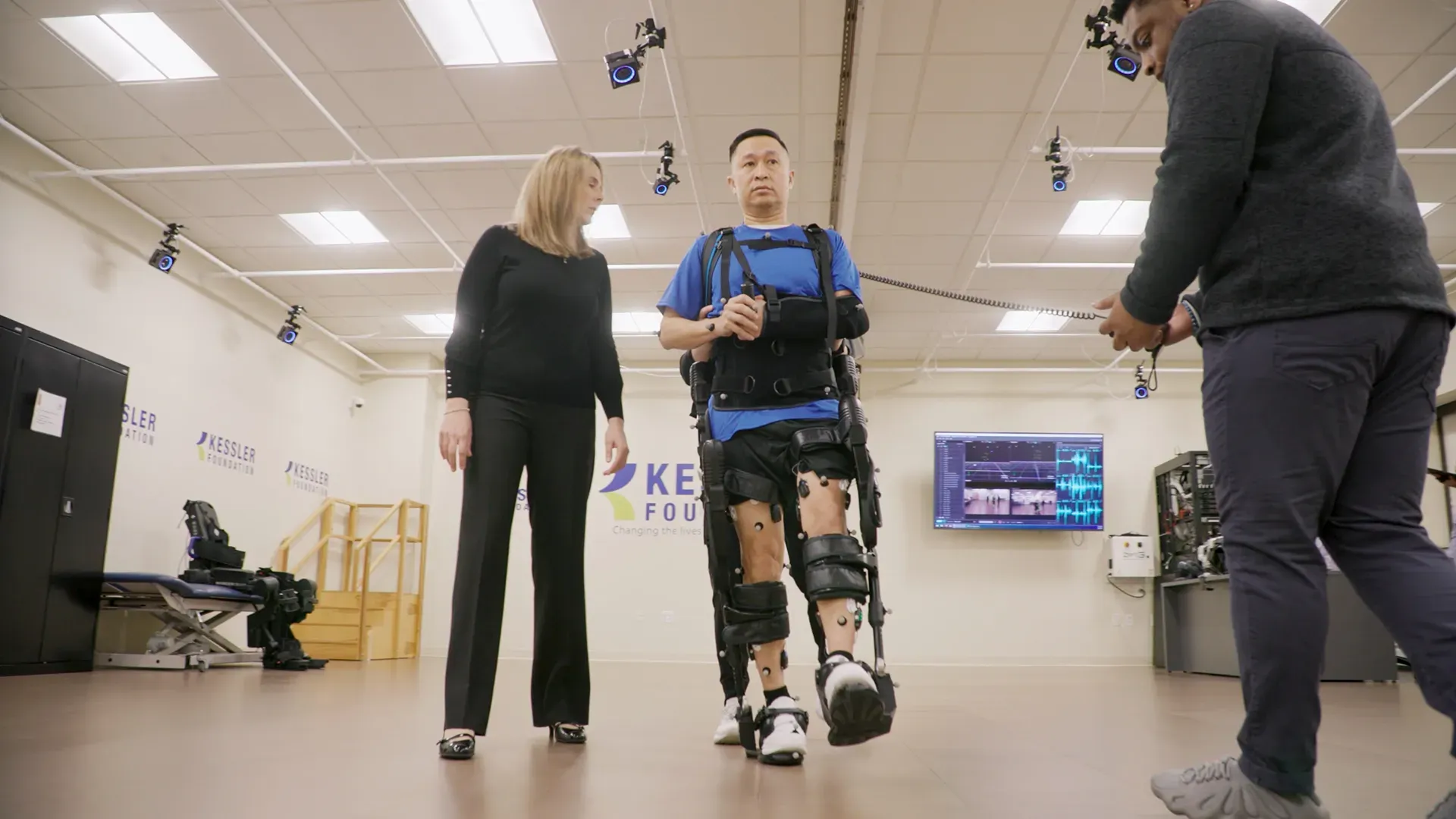
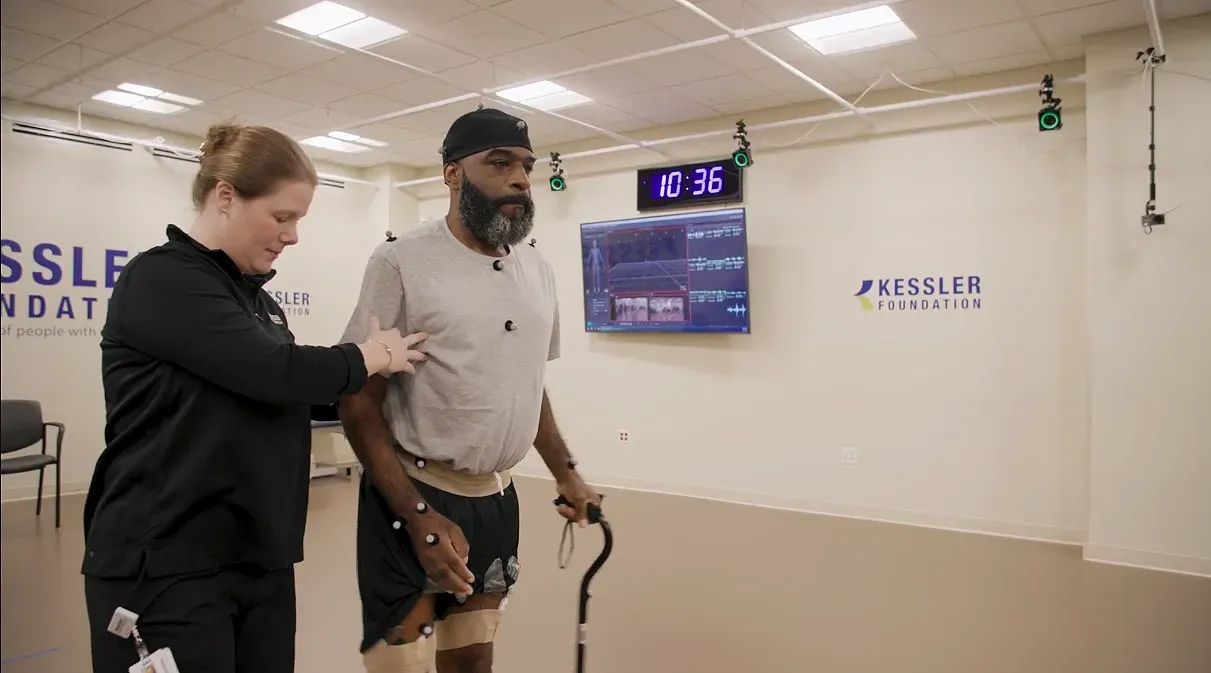
"We are heavily involved with translational research and helping restore motor function for individuals with stroke, traumatic brain injury, multiple sclerosis, spinal cord injury and orthopedic impairments," Nolan said. "Everything we do is intended to improve motor function and quality of life for individuals with disabilities."
The Center's research is grounded in the application of state-of-the-art equipment and new technologies for enhancing recovery. This can include device-based interventions, wearable robotics and functional electrical stimulation. Motion capture (mocap) also plays a large role in helping to assess and understand motor function improvements. To that end, the Center is equipped with an extensive collection of OptiTrack mocap cameras that include approximately 82 Primeˣ 22, Primeˣ 13, Primeˣ 13W and Prime Color cameras deployed across four of the Center's laboratories.
Naphtaly Ehrenberg, Ph.D., research engineer also at the Center for Mobility and Rehabilitation Engineering, emphasized the superior tracking capabilities and dependability of the OptiTrack system and marker-based mocap technology. "We track individuals with varying severities of impairment that may require one or more people physically supporting them as they walk through our volume," he said. "There might also be another person nearby working with equipment. That makes the challenge of tracking the participant much greater because of all the potential interference. But with the precision of OptiTrack, we have the confidence that we're going to collect the necessary data for ensuring the outcome measures we need."
![Kessler2[57]](https://optitrack.com/api/media/file/kessler2%5B57%5D.webp)
Enhancing Gait Research
One of the main areas of focus of the Center is the study of gait—the mechanics and physics of walking—and the return of walking function, examining the human body comprehensively. "We approach gait research from both a functional and mechanistic perspective," Nolan said. "It can involve monitoring changes in knee flexion, joint angles, loading forces, step symmetry or walking speed. We also analyze how muscles are firing. This research is conducted in the context of performing daily activities and quality of life as well as clinical outcomes of balance, speed and symmetry."
![Kessler 1[80]](https://optitrack.com/api/media/file/Kessler-1%5B80%5D.webp)
According to Nolan, motion capture provides a more quantitative way to analyze gait. "With OptiTrack we can collect data in real-time to measure a person's mobility with sub-millimeter accuracy under various settings and conditions, whether that involves assistance from a therapist, support from a walker or the use of a robotic exoskeleton," she said. "It gives us the ability to evaluate how people progress throughout their recovery, including the effect of interventions."
Information collected from other equipment—whether it's forces, brain activity or electrical signals from muscles—are synced with the data from the OptiTrack system throughout the phases of gait. "Our labs are heavily instrumented, and the continuous data is collected through the motion capture system," Nolan said. "It's how we synchronize everything temporally, and it provides the precision to measure motor changes or recovery of function." We use the OptiTrack system as the backbone of our architecture—it allows us to anchor the rest of the data we collect in a systematic way."
Download PDF
Click the link to download a PDF of this customer story: https://d111srqycjesc9.cloudfront.net/OptiTrack_Case-Study_Kessler_Foundation.pdf
About OptiTrack
OptiTrack is a worldwide leader in 3D tracking technology, offering cutting-edge solutions renowned for accuracy and reliability. With a comprehensive range of high-performance cameras, software, and accessories, OptiTrack supports a diverse group of users ranging from entertainment and biomechanics to research and ground truth robotics. From capturing the subtle nuances of human movement to tracking complex interactions in virtual environments, OptiTrack technology empowers users to track, analyze, and visualize motion data with unprecedented detail. Whether it's providing training or offering guidance on system optimization, OptiTrack is your partner in pushing the boundaries of what's possible, empowering innovation across the globe.
